
USB 3.1 Adapter Type C Male to Type A Female from LINDY UK
USB-C is a newer port type officially announced in 2014, although it took several years for the ports to reach widespread consumer devices, as we see today. Designed to solve many of the old USB-A.

USB Ports, Cables, & Connectors Explained
For users juggling various devices, the choice between USB-A and USB-C might hinge on specific needs such as the type of device, the required data transfer speed, or charging efficiency. While USB-A still holds significant relevance, especially for older devices, USB-C is paving the way for a more unified and streamlined technological future.

How Does USBC Simplify Your Work Setup? Newegg Business Smart Buyer
Initially, USB Type-C was designed to offer the same speeds as USB 3.2 Gen 2, hitting up to 10 Gbit/s data transfers. That's twice as fast as a standard USB 3.1 Gen 1 port (or USB 3.0) that.
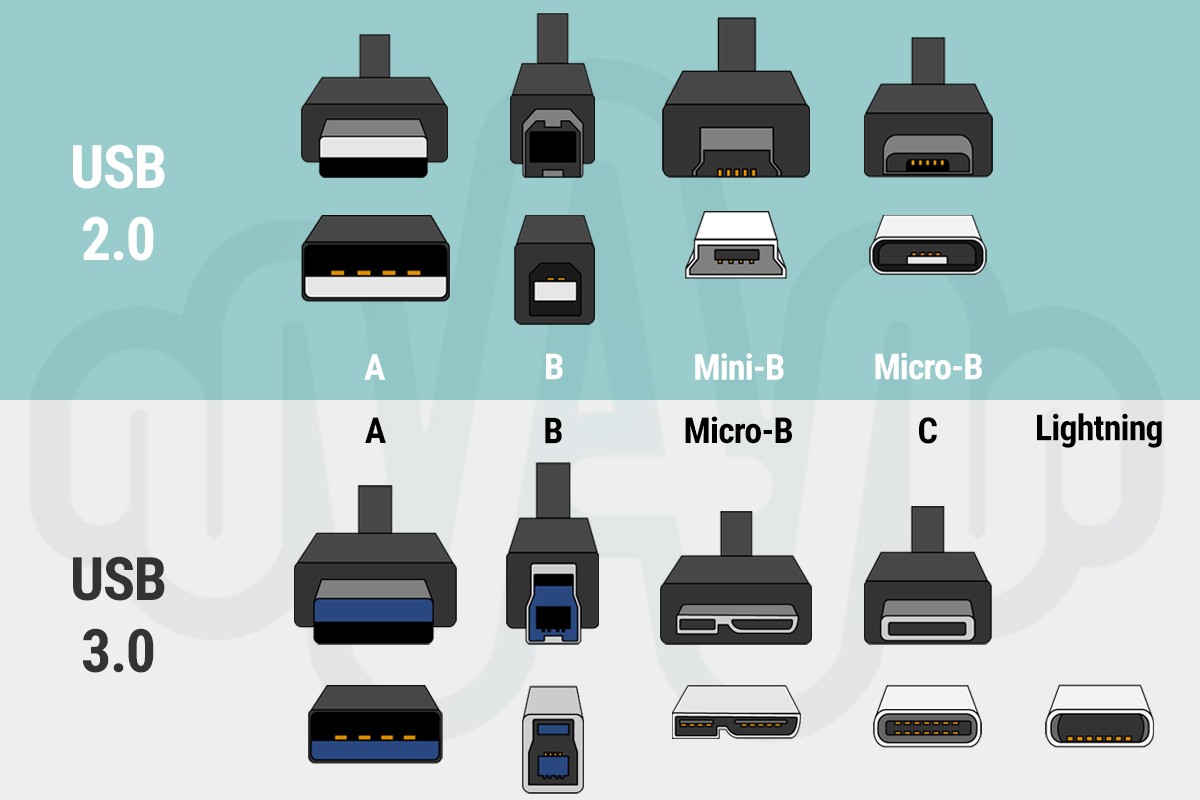
Types Of Usb Connectors Chart
USB A and USB C are completely different in terms of shape and size. While the former's receptacle opening is 12.50 mm x 5.12 mm, the latter is 8.34 mm x 2.56 mm. Clearly, type A has a much larger physical connector, while type C is somewhat similar to the size of a micro-USB.
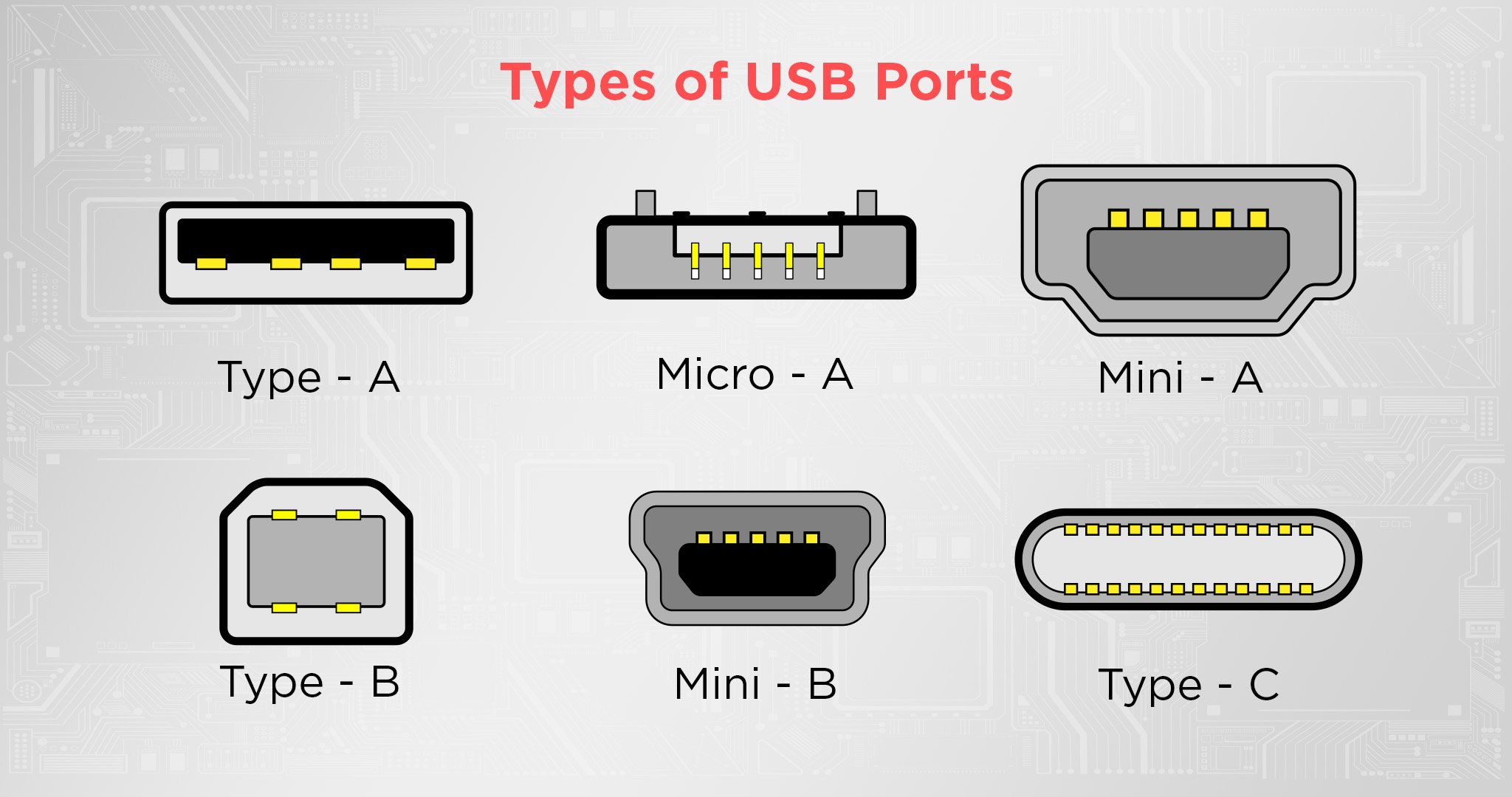
Different Types Of USB Ports Explained
The USB Type-C ® Functional Test Specification version 0.91 is available for download here. USB Type-C® Functional Test Specification Equipment. Note: All USB Type-C ® products must be tested against the Teledyne LeCroy solution and one other solution at this time. Ellisys USB Explorer ® 350 Protocol Analyzer, Generator, and Compliance Test.
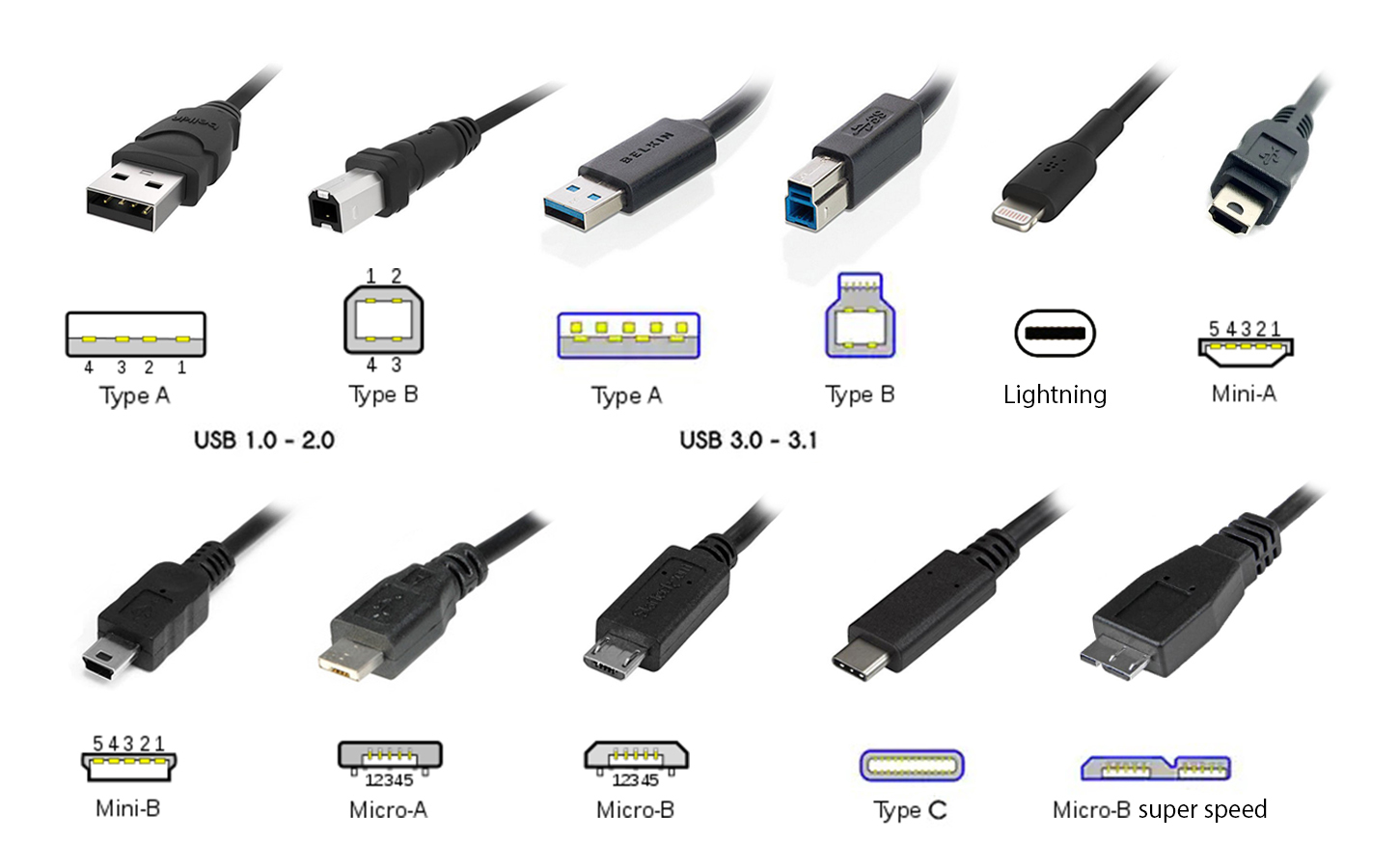
USBA, USBB, USBC quelles différences entre ces ports réputés universels
Sponsored. Belkin - USB C To Ethernet + Charge Adapter - Gigabit Ethernet Port for USB C Devices - Black. (439) $34.99. Belkin - USB Type C to 2.5 Gb Ethernet Adapter, USB-IF Certified Thunderbolt 3 & 4 - Black. (7) $36.99. $39.99. Belkin - USB 4 2.6' USB-C to USB-C Cable with 100W Power Delivery - Black.
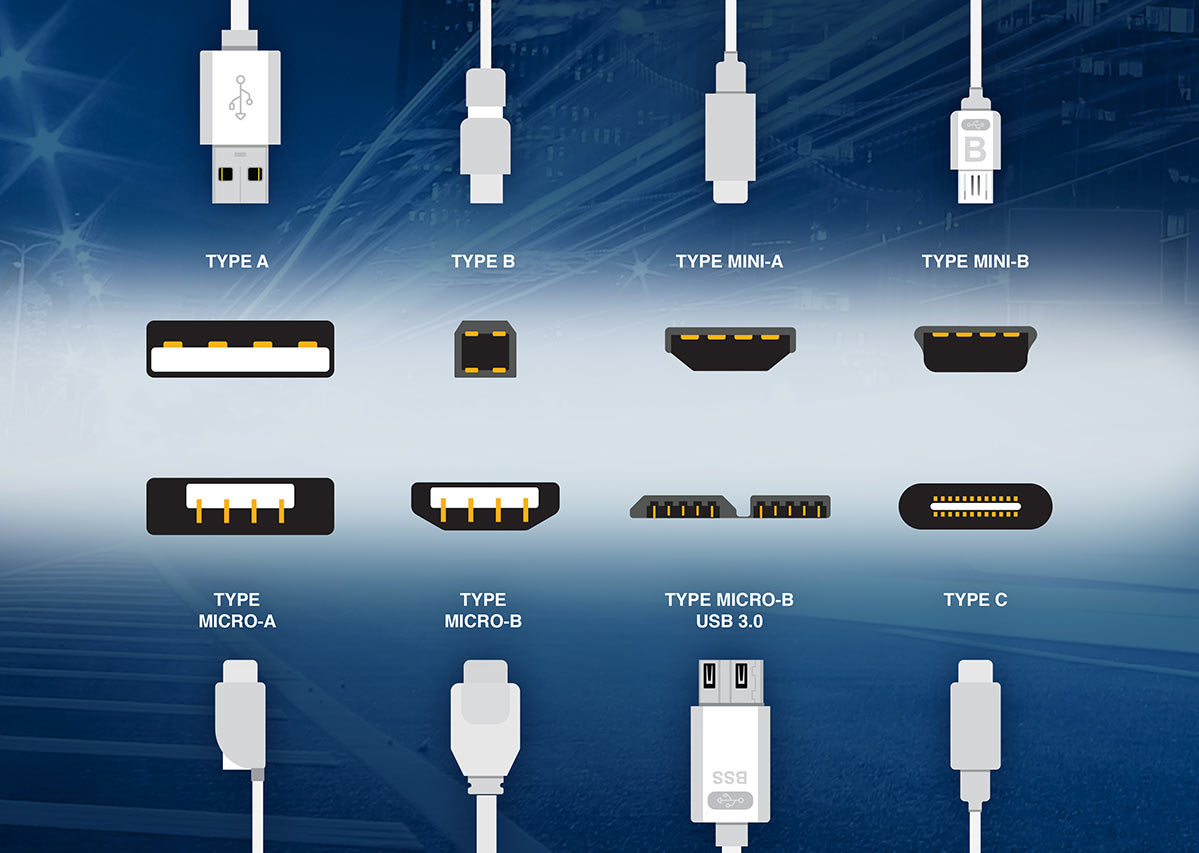
What is USBC and what benefits does it bring? GaNFast
Both USB-A and USB-C ports can support USB 2.0 to 3.2, which makes the whole thing a bit confusing since a USB port has both a connector type (USB-C vs. USB-A, or rounded vs. rectangular) and a.
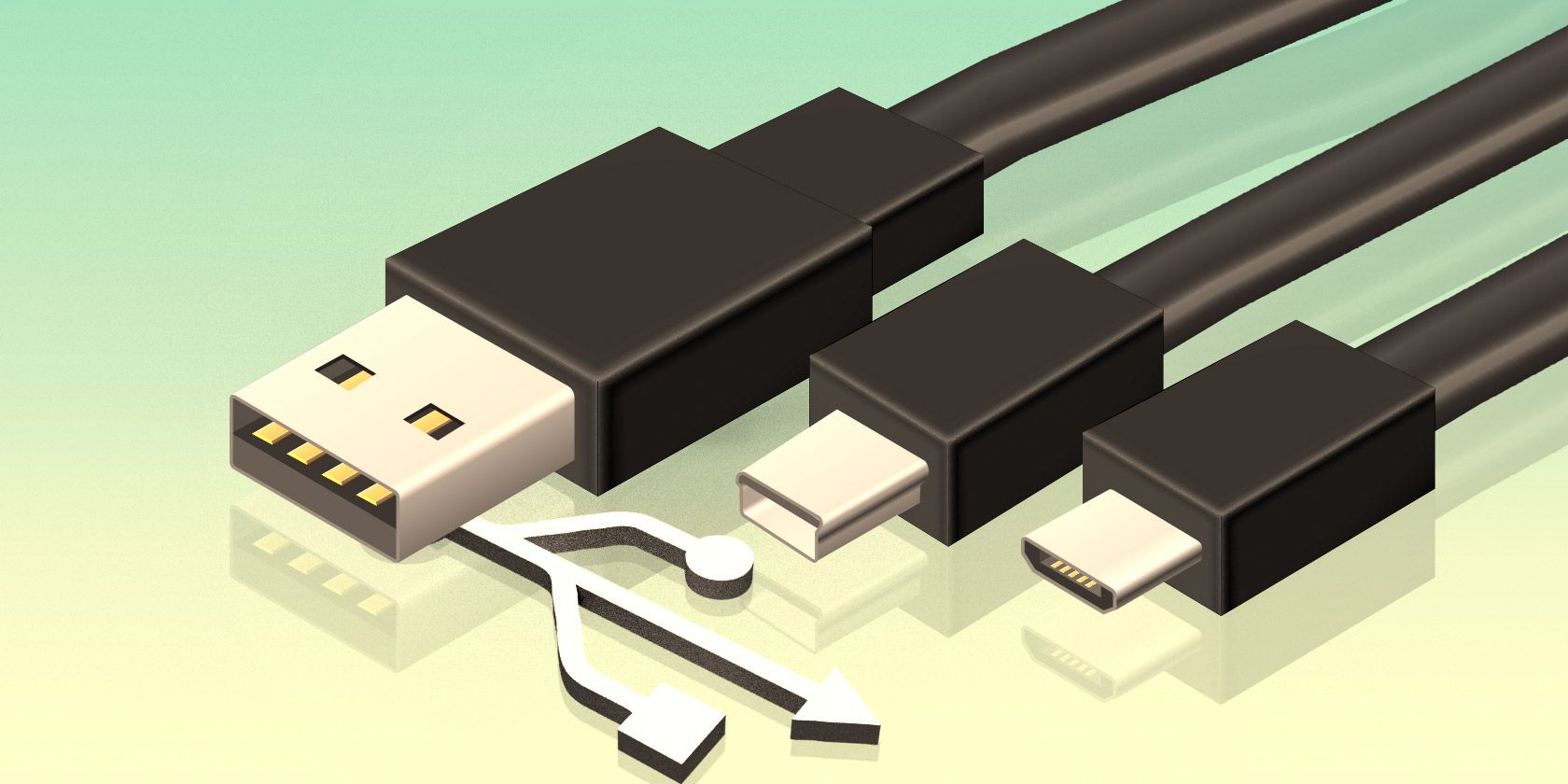
5 Cons of USBC Connectors You Should Know About
As computer technology continues to evolve, the peripherals that attach to them need to keep up with the pace. USB-A has become faster since its inception with the improvements through USB 2.0 and USB 3.0, but a new type of USB connector has made its way into the ring: USB-C. What is USB-C? USB Type-C is a fairly recent invention in the tech world.
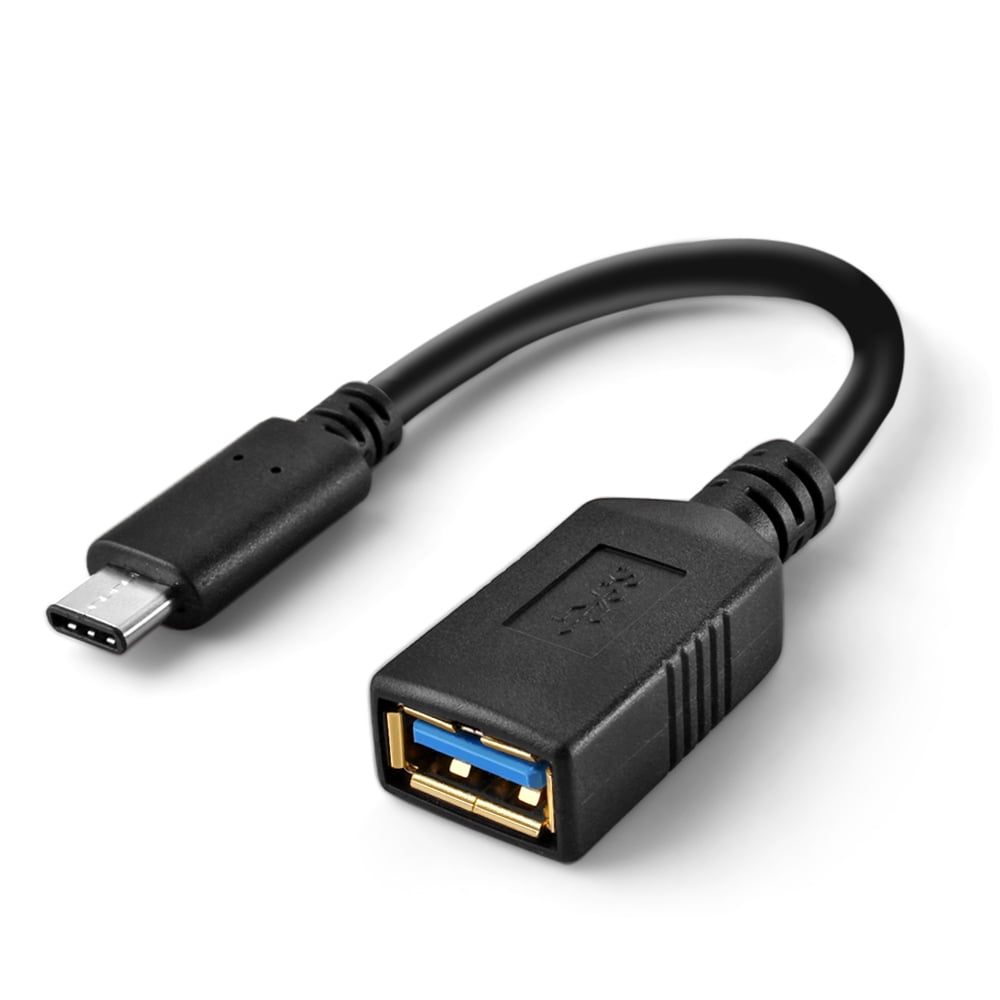
USB Type C (USBC) to Type A (USBA) Female Adapter Cable SuperSpeed Standard USB 3.0 Female
USB-C plug USB-C (SuperSpeed USB 5Gbps) receptacle on an MSI laptop. USB-C, or USB Type-C, is a 24-pin connector (not a protocol) that supersedes previous USB connectors and can carry audio, video and other data, e.g., to drive multiple displays or to store a backup to an external drive. It can also provide and receive power, such as powering a laptop or a mobile phone.
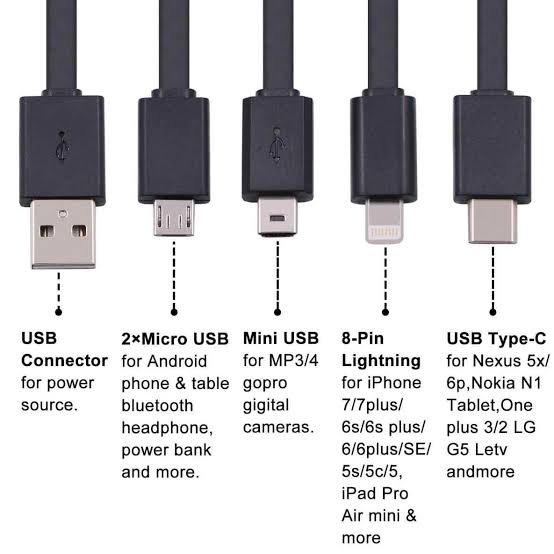
The Various USB Types Explained Tech Crusade
The Amazon Basics USB Type-C to USB Type-C 3.1 Gen 1 Cable worked fine in our testing but had an F rating on Fakespot the last time we checked, and some reviewers say it stopped working after.

Connector and ports usb type a and type c video Vector Image
USB-A. USB-A, or USB Type A, is the original flat and rectangular connector that no one could ever figure out how to plug in correctly the first time. These cables always have USB-A on one end with a different port type on the other, and can be used for device charging and data transfer. USB-A is still widely used and can be found on devices.

USB Types (A, B & C) & Their Differences
USB-C is an industry-standard connector for transmitting both data and power on a single cable. The USB-C connector was developed by the USB Implementers Forum (USB-IF), the group of companies.
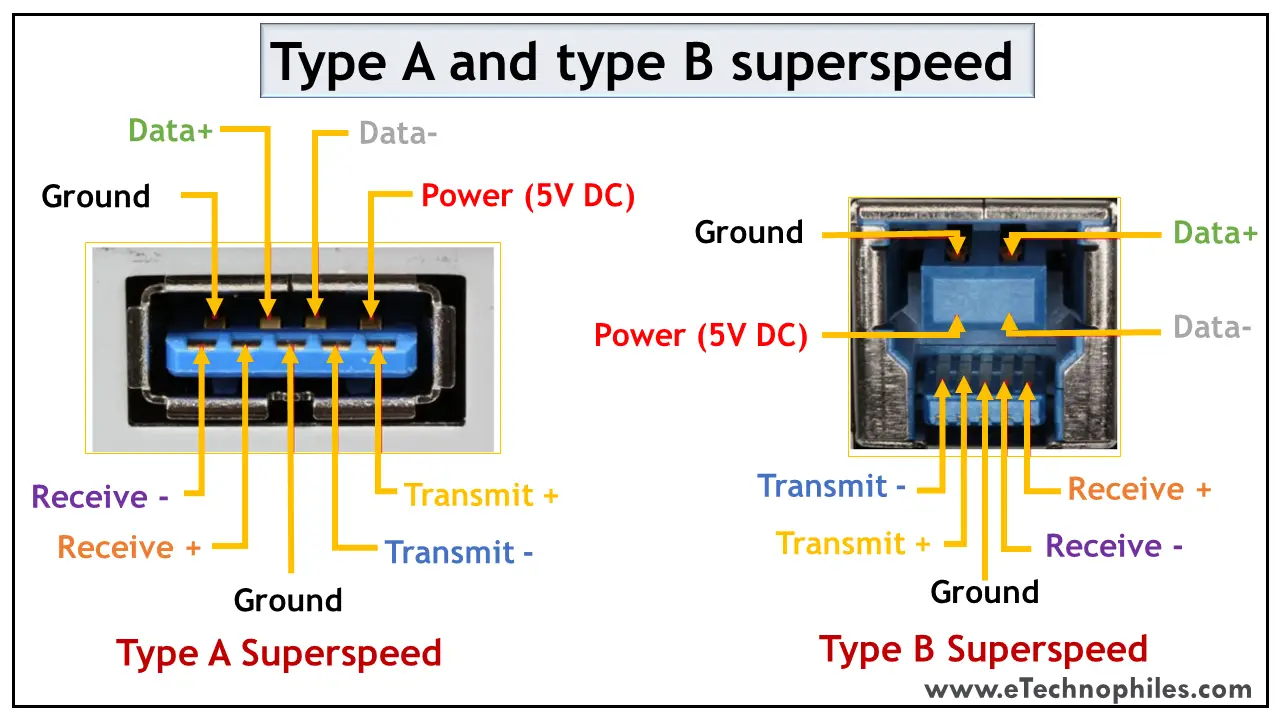
10 USB Pinout Explained USB A, B, C(Male and Female)
One major difference between the USB-C cable connector when compared to USB Type-A and USB Type B, is that it's completely reversible. This means that there isn't a 'right side up' way in which it has to be plugged in. USB-C supports USB4, 3.2, and 3.1 but is also backward compatible with both USB 3.0 and USB 2.0.

USB type A to Type C
The USB-C, USB-B, and USB-A differences are most obvious in their physical form, but the distinctions run much deeper. USB-C is a more versatile and powerful standard and is set to be the main connector for years to come. However, the range of USB connectors leads to possible confusion. Read on to discover how all that changes with USB-C.

Kensington USB 3.1 Gen 1 TypeC Male to USB TypeA K33992WW B&H
USB-A, B, or C only refers to the physical design (or shape) of the ports and connectors. USB-A is in a flat and rectangular shape. USB-B comes in a variety of designs, and the standard one is a bit squarer. Moreover, USB-C has a more compact, rectangular shape with rounded corners. Whether it's a USB-A, B, or C, their data transfer speed are.
/USB-C-vs-USB-3-d5588eb3ab3143ed892e9b34ae23a0eb.jpg)
USBC vs. USB 3 What's the Difference?
USB-A and USB-C are both designed to be backward compatible with the device they are connected to. For example, a USB-A 3.0 connector (identified by its standard blue plastic insert) will run at the USB port's speed, including both USB 2.0 and USB 1.1. Similarly, a USB-C 3.2 connector is also backward compatible with earlier standards of USB-C.
- Sie Fahren Bei Guter Sicht Auf Einer Gut Ausgebauten Straße
- Vw T4 Markise Ohne Bohren
- I Can T Live If Living Is Without You Original übersetzung
- Nacht In Blau Regensburg 2023
- Denise Zich In Aller Freundschaft
- Pool 3 X 3 Meter
- Golden Light Blonde Hair Color
- Daraus Besteht Tencel In Der Mode
- Tätlicher Angriff Auf Vollstreckungsbeamte Unter Alkohol
- Jap Selbstverteidigung Kreuzworträtsel 6 Buchstaben